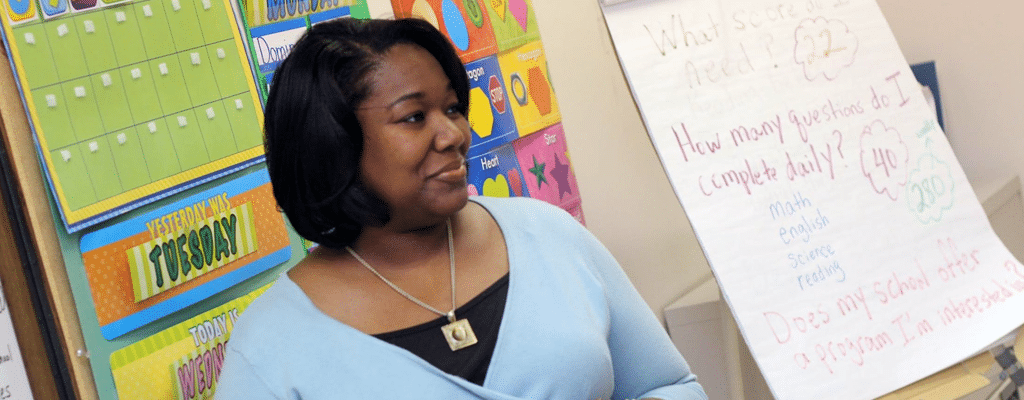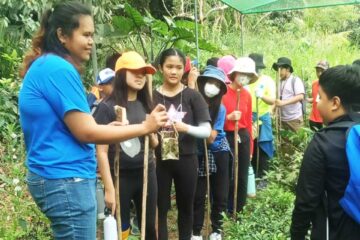Today’s homeschoolers are getting more mileage from customized learning that aims to draw out their dominant intelligences. Thanks to Howard Gardner and his Theory of Multiple Intelligences, educators are now turning away from the general or uniform curricula for students which tend to measure their intelligences according to stanines.
According to Gardner, there are nine multiple intelligences that frame how an individual’s mind works in practical scenarios. This intelligence manifest individualities and help discover dominant intelligences. Homeschooling aims to hone this dominant intelligence as well as supporting ones to draw out a student’s full potential during the learning process. Today, as how many educators have taken this theory as their guideline in coming up with a particular curriculum for particular students, individual-focused teaching continues to evolve.
If you are an educator who is looking to develop a homeschooling curriculum based on Multiple Intelligence, here are some factors and considerations which could help you come up with one that’s efficient and rewarding for both you and your students.
Consider the basic principles.

For Gardner, there are two truths that make up an ideal school: the recognition that individuals have their own varied interests and aptitudes which should be reviewed and nurtured, and that choice is a student’s right in order to make the most out of his education. Naturally, no one can learn everything so why apply a general curriculum that’s expected to satiate every student’s need to learn?
What might be interesting to one student may be the waterloo of another. This is why individual-focused education is a better method in discovering a student’s abilities and inclinations when it comes to learning new things. Further, on the individual-focused education process, educators will get to learn which subjects a student excels in so that they can further develop methods that will nurture that particular dominant intelligence and the ones that complement his way of thinking and behavior.
Parents who homeschool their children usually succeed in coming up with study methods that draw out their children’s dominant intelligence and other strengths by implementing these two factors. However, some can also fail as they try to disregard a child’s set of weaknesses and concentrate on honing only the dominant intelligence.

According to Gardner, an educator must first assess the less dominant intelligence in a child prior to sharpening the two most dominant ones. For many, those would be linguistic and logical/mathematical intelligence. If a parent can take the role of assessor, community and student-curriculum adviser, then the parent’s homeschooling efforts have a higher chance of striking a balanced way of teaching multiple intelligences in their children. This is achieved by aligning their assessments with their educational goals and the active participation of the student in his own development.
How to make a homeschooling environment.
Setting up a favorable homeschooling environment at home can be a challenge for parents who are not familiar with Gardner’s crucial elements in developing a child’s full potential. What these usually consist of are visual and auditory aids and kinesthetic activities among others.
For a family that homeschools more than one child, a younger child who has been exposed to the manner of learning that the older one has experienced sets him up to a better learning environment. Because the younger one can determine his own interests and tendencies early on, parents can easily determine which intelligences are more dominant according to Gardner’s scale. This then progresses to a healthier development and a more fruitful learning process.
But aside from the home and healthy family interaction, which also helps develop a child’s intelligence is his exposure to the community. This further gives the child a much broader learning environment where he can learn from group activities in real-life contexts that are situationally enriching and fosters collaboration and practical thinking. Unlike in private or public schools’ versions of group activities where no real-life situations are offered, community socialization gives homeschooled children more chances to be creative and motivated. With this, it is rather safe to say that homeschooling and community involvement are more favorable for children who are nurturing their multiple intelligences than the artificial environments in traditional classrooms.
Developing a curriculum based on Multiple Intelligence.

What students get from homeschooling is a wider array of learning methods that concern their daily living as well. Some effective approaches that most parents employ for homeschooling include the creative approach wherein elements such as creative, divergent, immersion, and self-directed learnings are applied. This approach gives parents some leverage to blend various homeschooling methods and customize a curriculum that best fits their child’s needs. The approach can very well be defined as creativity over academic milestone which can further help parents focus on their children’s strong suits rather than base their lessons on the general curriculum.
In developing a curriculum based on multiple intelligences, we learn that there is a need for a fundamental process in drafting relevant content topics for specific intelligences and integrating it with the development of all multiple intelligences (no matter how complex the assessment might be). By this, educators and parents can reap more benefits from homeschooling and give students more opportunities to attain their full potentials.
Learning Links promotes meaningful education and personal growth to help find what students really want for their careers and lives!
Click on the button below to find out how we make great education possible.



